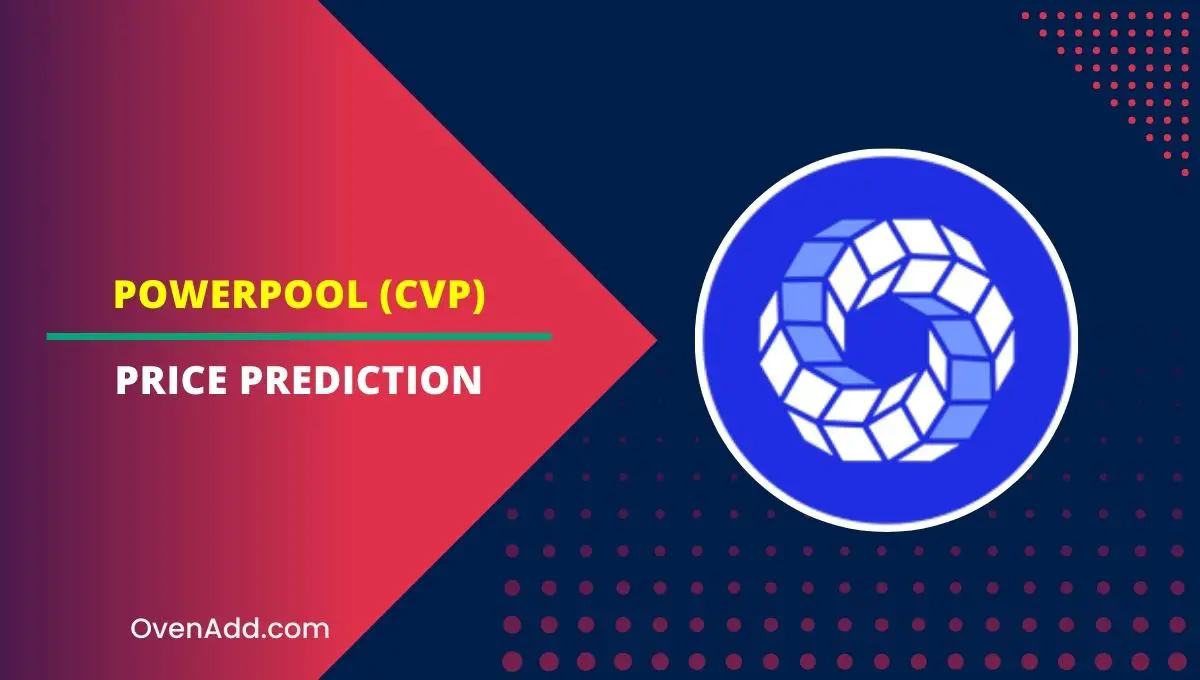
Let’s say a company sells a product at a revenue of $50 per unit, sells 200 units, and has total costs of $6,000. CVP stands for cost-volume-profit – three of the essential cornerstones of business. A CVP analysis is how you make sure your business is making money and work out the impact of production expenses and sales numbers on your earnings. Assess the patient’s clinical condition.Interpreting CVP measurements within the context of the patient’s clinical condition is crucial for identifying fluid volume status and cardiac function.
How is CVP Analysis used in management decisions?
High CVP readings can indicate right heart failure or volume overload, while low readings may suggest hypovolemia or reduced venous return. This information is vital for diagnosing and managing cardiac conditions. CVP measurement helps determine whether a patient is hypovolemic (low blood volume), euvolemic (normal blood volume), or hypervolemic (excess blood volume). This assessment is critical for guiding fluid resuscitation and avoiding complications related to fluid overload or deficit.
Do you own a business?
This graph can be used to identify profit at different output levels. Turn the stopcock to allow IV solution flow into the patient’s veins.After completing CVP measurement, restoring IV fluid flow ensures ongoing hydration and medication delivery to the patient. This step maintains catheter patency and prevents clot formation. Observe the fall in the height of the manometer column.As the solution flows into the patient’s veins, the height of the fluid column in the manometer decreases.

Cost-Volume-Profit Analysis: Definition
It can also be expressed as a percentage of sales. In all those cases, nonetheless, the CVP analysis can compute for the required sales volume. Moreover, CVP analysis can help businesses determine the most profitable mix of products and the most effective sales strategies. It is important for businesses to regularly conduct CVP analysis and adjust their strategies accordingly to stay competitive and maximize profits.
Alternatively, the management may begin with a target profit and then work out the level of sales needed to reach that profit level. An organization may use CVP analysis as a planning tool when the management wants to find out the desired profit when the sales volume is known. CVP analysis shows the relationships among a business’s costs, volume, and profits. It is an important part of an organization’s budgeting activities. In conclusion, Cost-Volume-Profit (CVP) Analysis is essential for businesses to understand their profit structure and make informed decisions to maximize profits. By gathering and analyzing this information, accountants can perform CVP analysis and make informed decisions about pricing, product mix, and resource allocation.
- All units produced are assumed to be sold, and all fixed costs must be stable.
- CVP is used to assess the severity of blood volume deficits, which is crucial for diagnosing and treating conditions like dehydration, hemorrhage, or shock.
- The Cost Volume Profit Calculator is an invaluable tool for businesses aiming to understand the dynamics of their costs and profits.
Real Function Calculators
Continuous CVP monitoring allows for early detection and timely intervention, potentially improving patient outcomes. The margin of safety shows you how much your sales can drop while still allowing your company to break even. To find the margin of safety, simply subtract the break-even amount for sales from the actual sales for your company. This information may help you analyze your financial needs. It is based on information and assumptions provided by you regarding your goals, expectations and financial situation. The calculations do not infer that the company assumes any fiduciary duties.
In summary, the break-even point is the level of sales at which a company’s total revenues are equal to its total costs, resulting in neither a profit nor a loss. It is an important concept in Cost-Volume-Profit (CVP) analysis and can help businesses to make informed can i set up a payment plan for my taxes decisions about pricing, product mix, and resource allocation. The contribution margin can be stated on a gross or per-unit basis. It represents the incremental money generated for each product/unit sold after deducting the variable portion of the firm’s costs.
The store can make informed decisions about pricing, product mix, and resource allocation by understanding the fixed costs. The store can also use fixed costs for budgeting and forecasting to ensure that it can cover its expenses and generate a profit. The contribution margin is part of the formula used to determine the breakeven point of sales.
This team of experts helps Finance Strategists maintain the highest level of accuracy and professionalism possible. 11 Financial is a registered investment adviser located in Lufkin, Texas. 11 Financial may only transact business in those states in which it is registered, or qualifies for an exemption or exclusion from registration requirements. Finance Strategists has an advertising relationship with some of the companies included on this website.